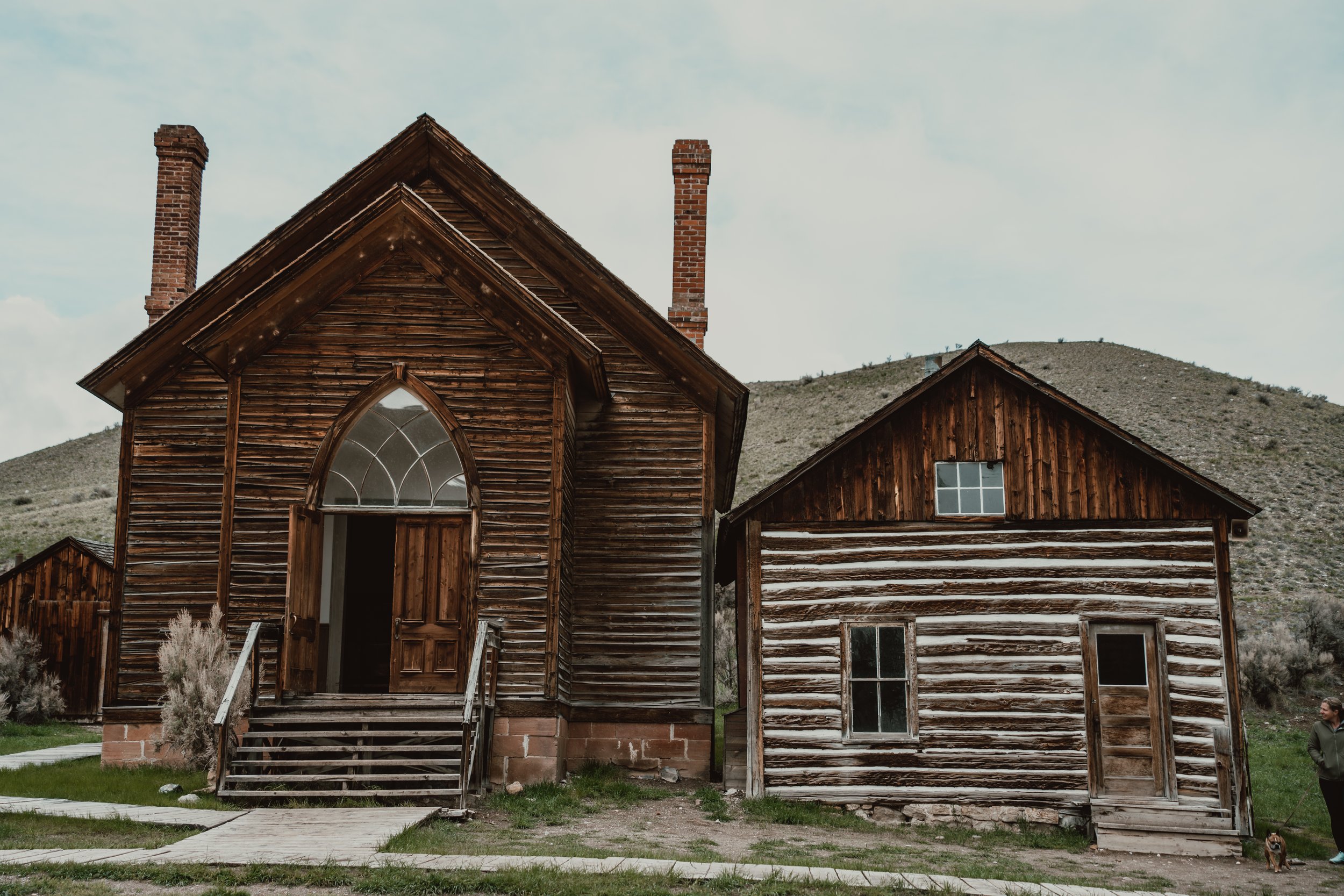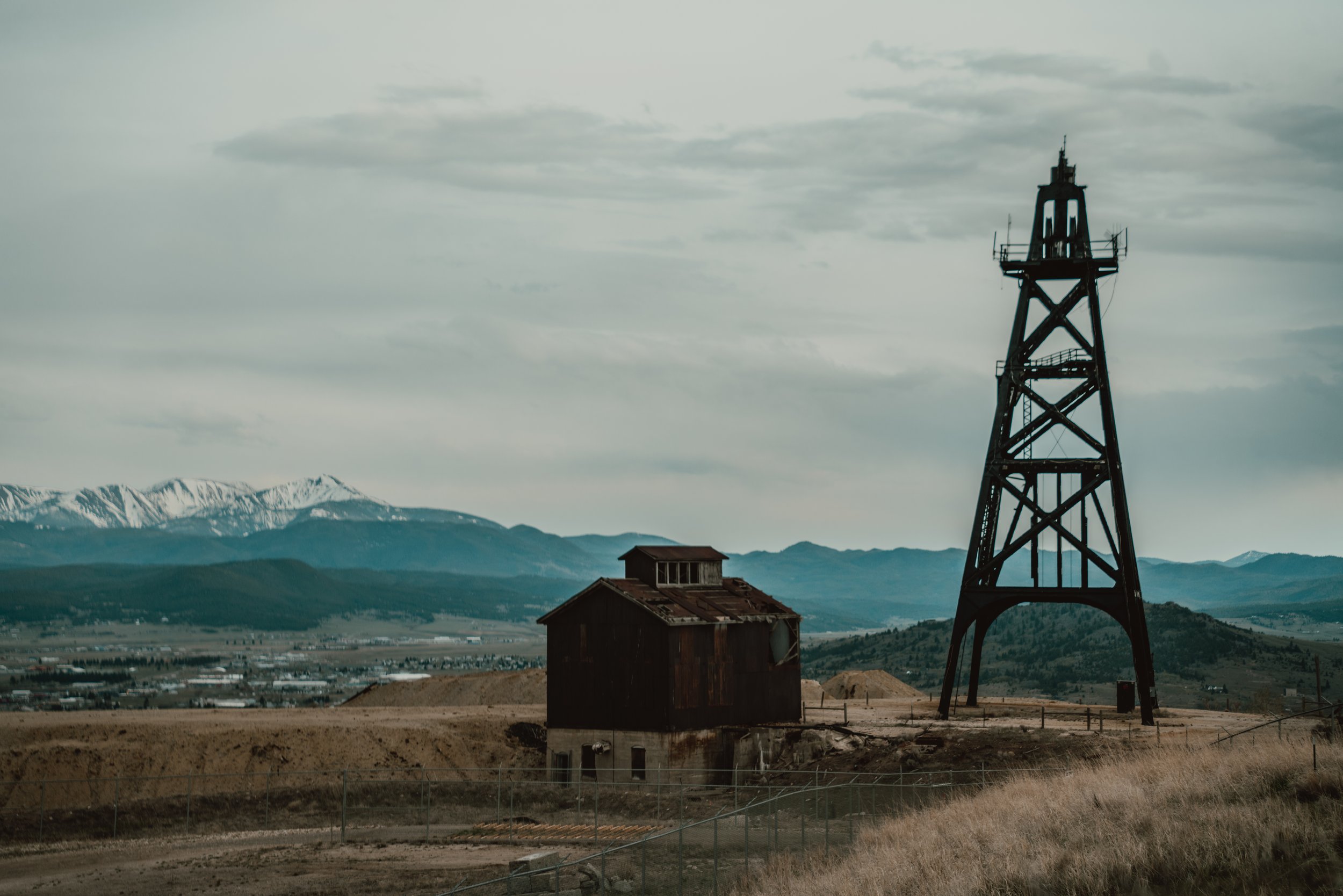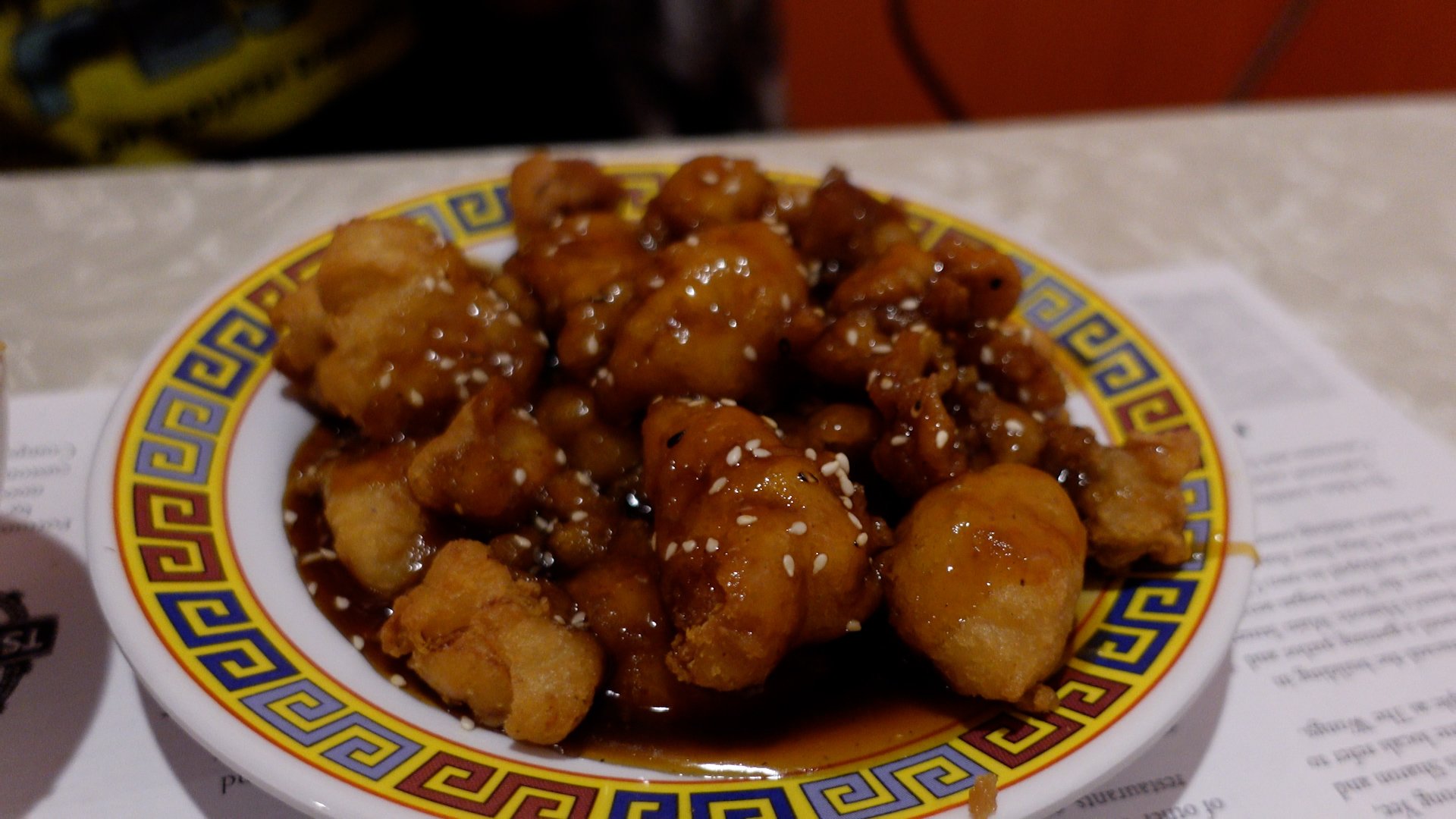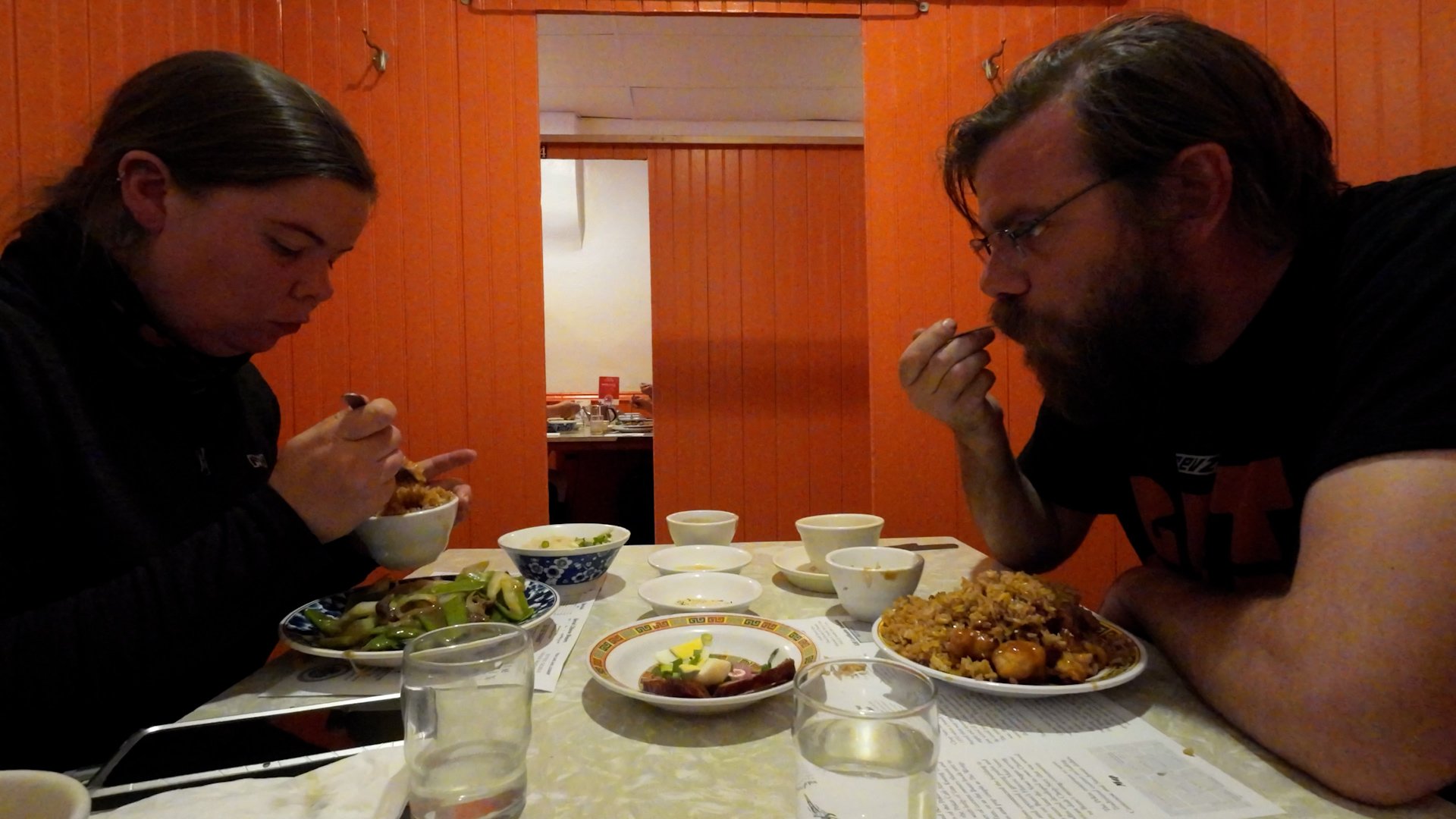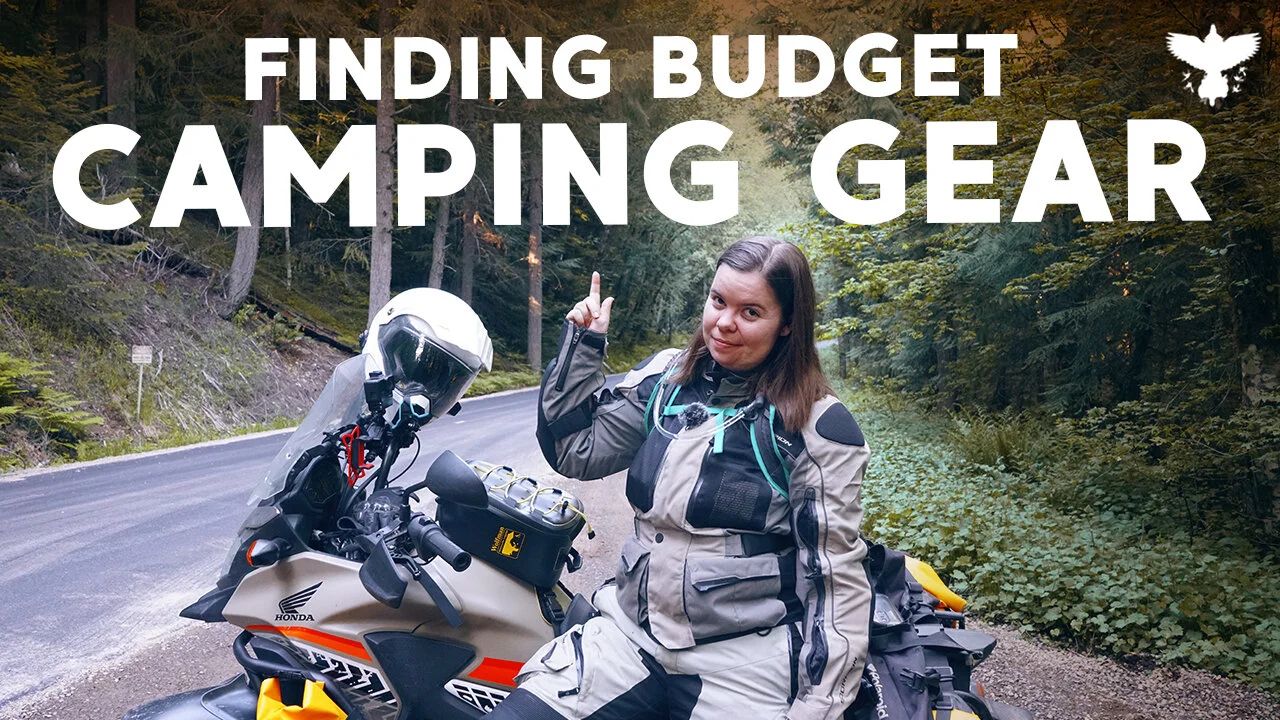ENNIS
Ennis is a well known launch point for fishing in the area, you can gear up at the Tackle Shop in town.
The Ennis Pharmacy is a great stop for an old-fashioned soda pop, and the Gravel Bar is a good stop for food.
We camped at one of the many fishing accesses in the Ennis area.
VIRGINIA CITY & NEVADA CITY
Virginia City and Nevada City lie along Alder Gulch, the site of the richest placer gold strike in the Rocky Mountains.
The area is unique in Montana because unlike so many of the ghost towns that pepper the state, this boomtown was able to embrace their history into a successful tourist attraction. Thanks to their success, the Nevada City Living History Museum is home to 100 preserved 1863 to early 1900 buildings and artifacts from all over Montana that would have otherwise been destroyed.
If you're new here, and couldn't tell already, my sister is a 19th century history nerd, and this is her happy place.
There are many tour activities in the area, that you can find more info about here.
We also highly recommend sticking around town until the afternoon when the Wells Fargo Steakhouse opens for dinner service. I ate there for the first time in 2018, and have been dreaming about that steak for the last four years, and getting to eat there again absolutely held up to my memories of the experience.
DILLON
This is your key restock/refuel point in this area. We recommend stocking up on snacks/food here before moving on your adventure.
BANNACK
Bannack is a National Historic Landmark. In the summer of 1862, John White and fellow members of a group from Colorado, discovered gold along the banks of a creek he named the Grasshopper. White filed one of the first recorded mining claims in Montana.
The mining camp boomed to 400 within a few months to 3,000 within 6. Approx. $500,000 in gold was taken out of the area by the end of 1862.
One of Bannack's more famous stories is it's part in the story of the criminal gang known as the "Innocents” and the the Vigilantes who reigned them in in 1863. More Info.
This area is pretty remote, we recommend stopping in Dillon to stock up and pack yourself a lunch to enjoy in Bannack.
Bannack does have a campground on site.
BIG HOLE VALLEY
The Big Hole Valley is a vast, lush meadow surrounded by stunning peaks, showcasing the meandering Big Hole River. It is home to the Big Hole National Battlefield, the site of the 1877 conflict between the Nez Pierce and the US Army.
There is not a lot of services in the Big Hole Valley, which makes Wisdom and Jackson key points along your route to refuel your bike and your body for your adventures. There isn't much in the way of grocery options besides the small market in Wisdom and the mercantile in Wise River, so you may want to make a stop in a bigger town and stock up before heading this direction.
The Pioneer Scenic Byway is HIGHLY recommended, from Polaris to Wise River, however it was still to early in the season when we passed through to ride it. I have had the pleasure of riding it before though. There is a hot spring. As well as some hidden ghost town sites for those willing to search for them.
THE BITTERROOT VALLEY
Chief Joseph Pass and Lost Trail Pass are well known motorcycle roads in Western Montana, but it would be a disservice if we didn't mention them. Their junction is also the border of Idaho and Montana.


